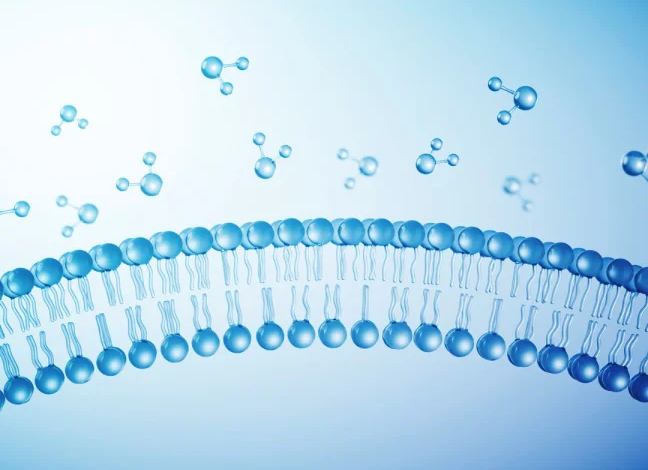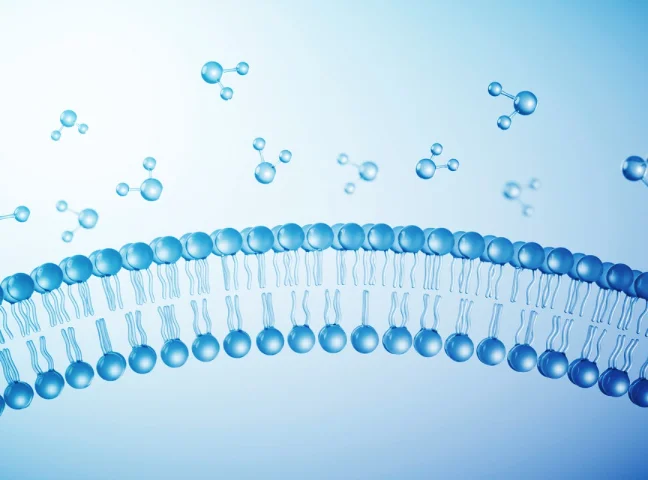What Are Physicochemical Properties and Their Importance in Product Development

Physicochemical properties refer to the physical and chemical characteristics of a substance. These properties help scientists and product developers understand how a material behaves under different conditions. Key physicochemical properties include solubility, melting point, boiling point, pH, viscosity, density, polarity, and thermal stability. These characteristics are essential in determining how substances interact, transform, and perform in different environments, making them crucial for product development across a wide range of industries.
Understanding Physicochemical Properties and its importance in product development
The term “physicochemical” combines two fields: physics and chemistry. Physical properties can be observed without changing the chemical identity of a substance—for example, color, state (solid, liquid, gas), and density. Chemical properties, on the other hand, involve the substance’s ability to undergo chemical changes—such as flammability, reactivity, or pH level.
By analyzing these properties, developers can predict the behavior, stability, and usability of substances in their final product forms. For example, in pharmaceuticals, the solubility of a drug determines how well it is absorbed in the body. In food technology, the viscosity of a sauce affects its texture and consumer appeal.

Product development involves turning raw materials into functional, safe, and appealing products. The understanding of physicochemical properties supports this process in several ways:
Formulation Design
Whether it’s a tablet, a shampoo, or a paint, a product must have the right consistency, appearance, and performance. Physicochemical properties such as solubility and viscosity are critical in formulation design. For example, in cosmetic creams, emulsifiers must be chosen based on the polarity and stability of the ingredients to ensure that oil and water components mix effectively.
Quality and Safety Assurance
The safety and efficacy of products depend heavily on their physicochemical profile. For instance, the pH level in skincare products must be within a certain range to prevent skin irritation. Similarly, food products must maintain specific moisture content and thermal stability to ensure shelf life and safety from microbial growth.
Material Compatibility
When developing complex products that contain multiple materials, compatibility between components is key. The interaction between ingredients can be predicted and managed through their physicochemical traits. In drug development, for instance, the interaction between active ingredients and excipients (inactive substances) must be well understood to prevent degradation or reduced bioavailability.
Process Optimization
Manufacturing processes such as mixing, heating, cooling, and drying are influenced by the physical and chemical properties of materials. For example, the boiling point and vapor pressure of a solvent affect drying time in the coating process. Understanding these properties allows engineers to design efficient and consistent production processes.
Regulatory Compliance
Products in sectors like pharmaceuticals, chemicals, and food must comply with strict regulatory standards. Detailed documentation of physicochemical properties is often required in applications for regulatory approval. These data help demonstrate the safety, stability, and intended use of the product.
Applications Across Industries
Pharmaceuticals: Drug solubility, stability, and bioavailability rely heavily on physicochemical analysis.
Food and Beverages: Texture, flavor release, and shelf stability are influenced by moisture content, pH, and thermal properties.
Cosmetics: Emulsion stability, spreadability, and skin compatibility depend on viscosity, pH, and ingredient interaction.
Chemical Engineering: Designing fuels, polymers, and industrial chemicals requires precise understanding of reactivity, volatility, and thermal behavior.
Conclusion
I hope you have understood what is physicochemical properties are and their importance in product development. Physicochemical properties form the backbone of informed product development. By understanding how substances behave and interact, developers can design better, safer, and more effective products. Whether in pharmaceuticals, cosmetics, food, or industrial manufacturing, a detailed knowledge of these properties ensures that products perform as intended, meet regulatory standards, and satisfy consumer needs.





